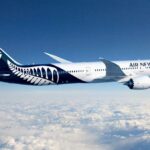
Boeing: US regulators say ‘yes’ pre-public comment on design fixes for 737 max
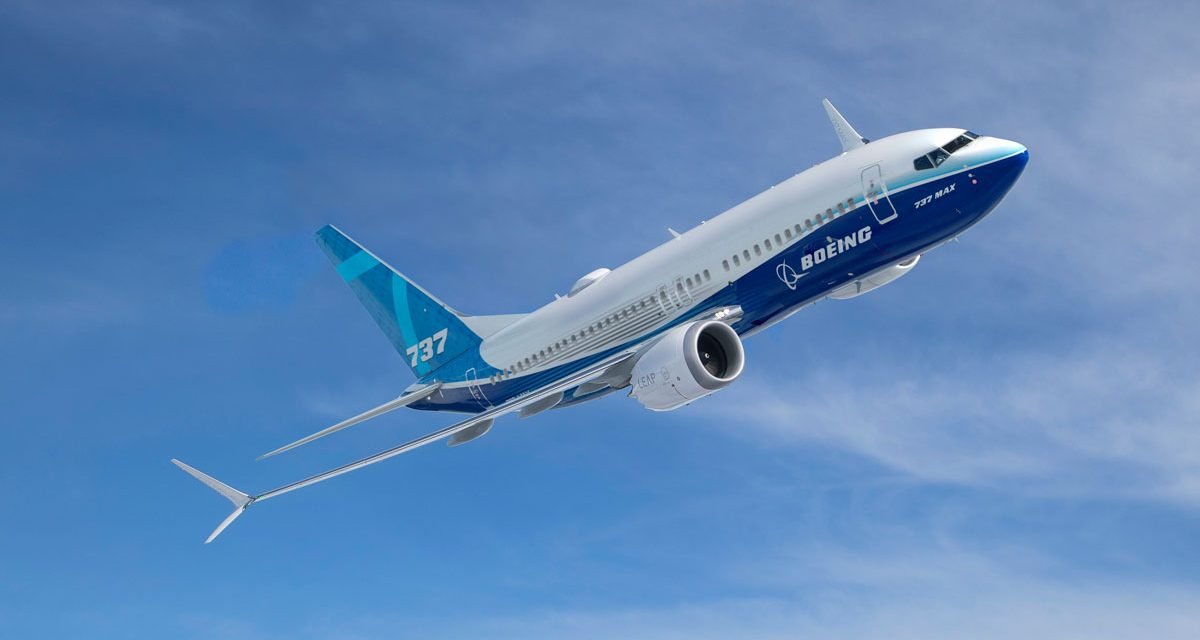
The Boeing 737 has been the backbone of the airline industry in many countries. In Australia, it is the plane you will most likely be on if travelling domestically, whether you are travelling on Qantas or Virgin Australia.
Content of this Post:
Background
If you can cast your mind back more than a year ago to March 2019, when, after two crashes, on different airlines, five months apart, killing a total of 346 passengers and crew, the Boeing 737 Max was grounded worldwide. The first crash occurred on 29 October 2018 on a Lion Air flight from Jakarta, Indonesia which crashed into the Java Sea shortly after takeoff, with 189 fatalities. The second accident occurred 5 months later on 10 March 2019 when an Ethiopian Airlines flight crashed after takoff from Addis Ababa airport killing 157 on board.
To expedite the manufacture of the plane, Boeing did not redesign from the ground up, but used new carbon fibre in the construction of the plane and bolted on newer more powerful engines. To compensate for the effect the new engines had on the airframe and the way the aeroplane flew, Boeing used some software tweaks. It’s those tweaks that are thought to have contributed to the accident.
Boeing also wanted to keep down the cost of the plane for its customers, so it didn’t want to be compelled to offer additional simulator training for the pilots of the plane. This lead Boeing to, in the opinion of some analysts, mislead airlines and regulators about the software changes to the aircraft.
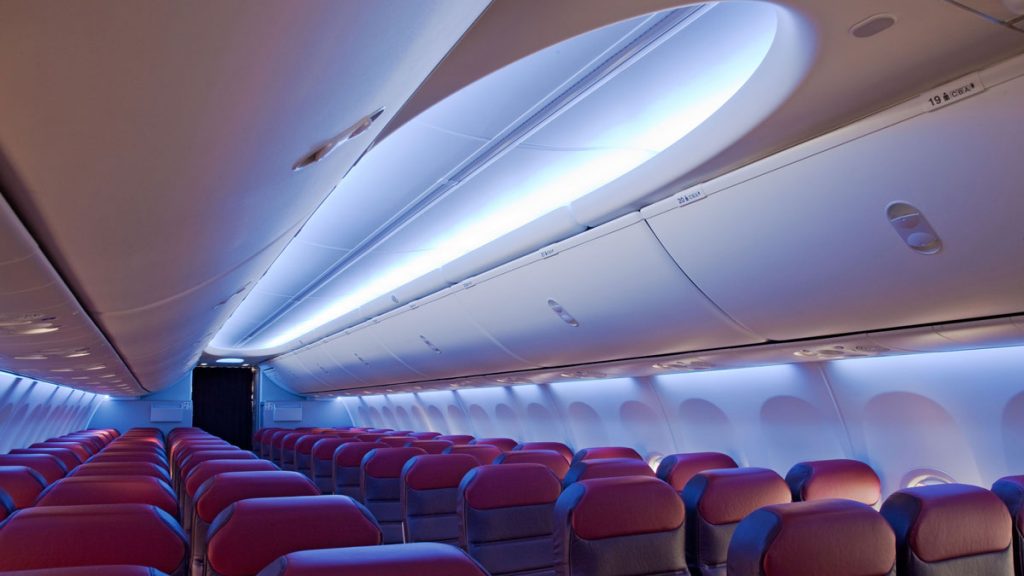
MCAS contributed to both crashes
It is now generally agreed that the software known as the Maneuvering Characteristics Augmentation System (MCAS) contributed to both the crashes. The system, relying on faulty data from a single, probably poorly repaired sensor, repeatedly engaged MCAS, repeatedly pushing down the noses of both planes, making it difficult for the pilots to regain control.
Preliminary Approval
The Federal Aviation Administration (FAA) has made a preliminary determination that the changes proposed by Boeing to the 737 MAX design, procedures and maintenance will be able to mitigate the safety issues involved. This is like an ‘in principle’ agreement by the FAA that Boeing is on the right track. Boeing and the FAA still have a lot of work to do apparently. Both Boeing and the FAA’s reputation is riding on a successful outcome to the problem. The FAA has had to bear some criticism for relying on information from Boeing, without independent investigation, before certifying the 737 MAX originally.
Boeing’s Future
Well without a successful solution to this issue with the 737 MAX, Boeing’s future is dire. Hundreds of the aircraft have been grounded for more than a year, and as you can imagine the affected airlines are firmly targeting Boeing for appropriate compensation. It also means Boeing has had to slow down production of the aircraft, retrench engineers, delay delivery, and deal with cancelled orders. And when each plane is worth millions, you are talking lost income or compensation in the billions of dollars.
The company reports that it lost 373 orders for the MAX in the first half of this year, and that doesn’t include the cancellation of a 100 of the aircraft by a northern European airline, which was an early customer.
What happens next
Well, there is still work to be done, including pilots from across the world having a look at the training requirements for the aircraft, and having those requirements available for public comment. Then, airlines with the planes are going to have to make sure they comply with any new directives. The FAA has already said that it will be the one to certify any newly manufactured planes, a job it previously delegated to Boeing.
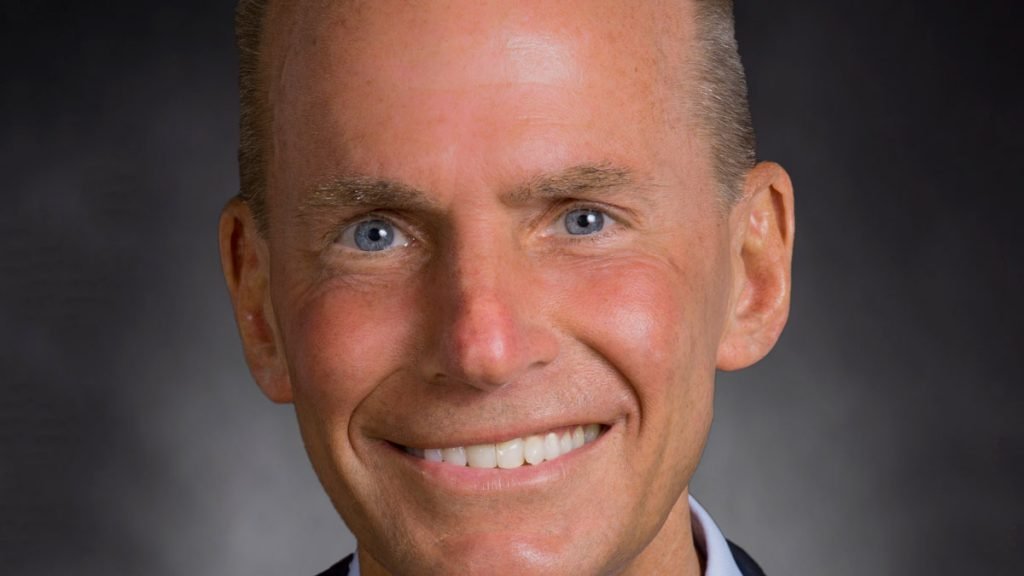
2PAXfly Takeout
This is another timely reminder to wear your seatbelt when seated. Holding you close to your seat will protect you from the sort of injuries sustained on this flight, when unsecured passengers flew to the ceiling of the aircraft, and then came crashing down once the ‘drop’ ceased.
The hope will be that this is an anomaly – a ‘freak accident’ in casual parlance. If it is a systemic error either mechanical or electronic, then this is a larger concern for the airlines that fly Boeing Dreamliner 787 aircraft. Let’s hope it isn’t. If it is, it will pile on the woes to Boeing’s existing stack.
This was going to be a very ugly saga for Boeing since those planes crashed and we knew that it was a bit more serious than coincidental pilot error. Boeing has already lost a CEO over this saga.
Add Coronavirus and a global pandemic causing global flying to drop by around 95%, not to mention sending an increasing number of airlines into administration if not bankruptcy, and you have a very, very grim outlook for plane manufacturers, especially Boeing.
I said nearly a year ago that this could be the end of Boeing, and that is looking more likely now, than it was back then.
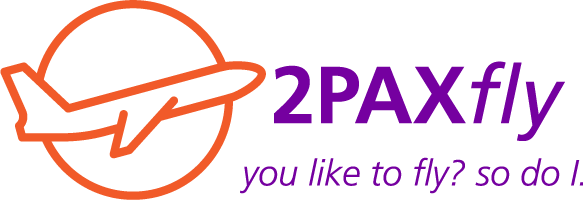
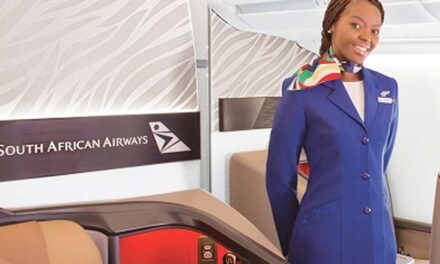
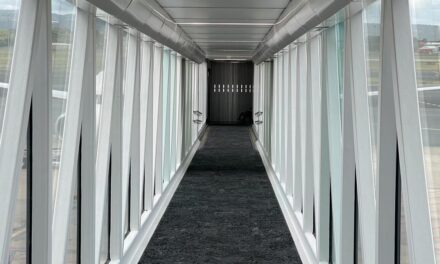
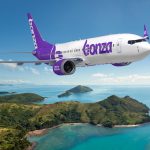
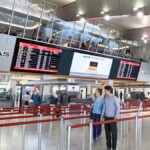
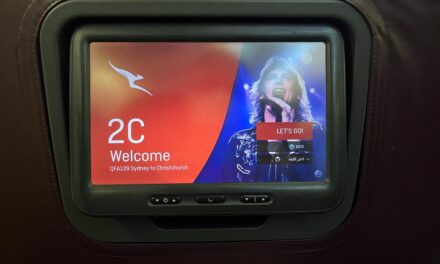
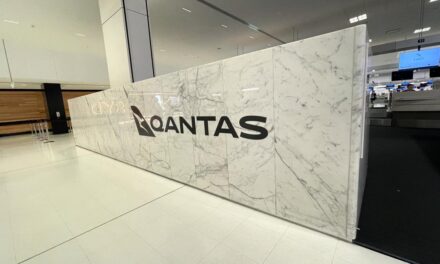

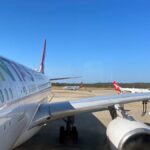

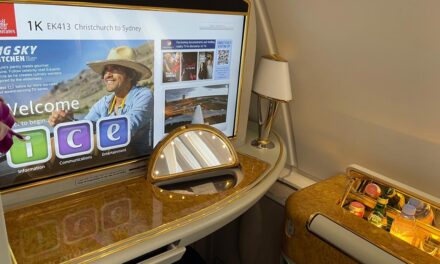
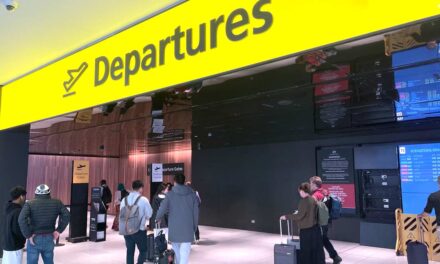

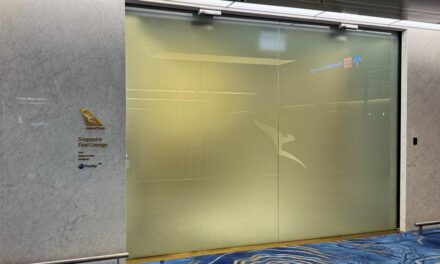



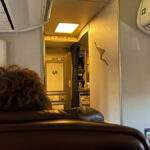
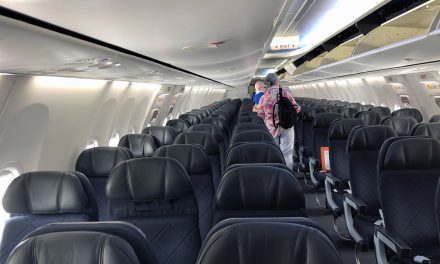

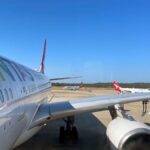
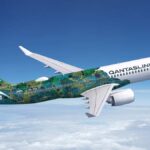
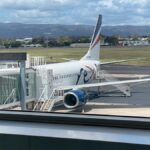

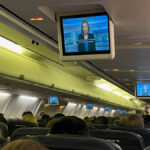


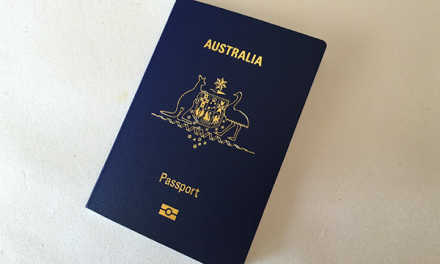



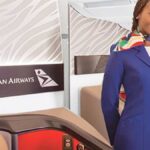


What did you say?